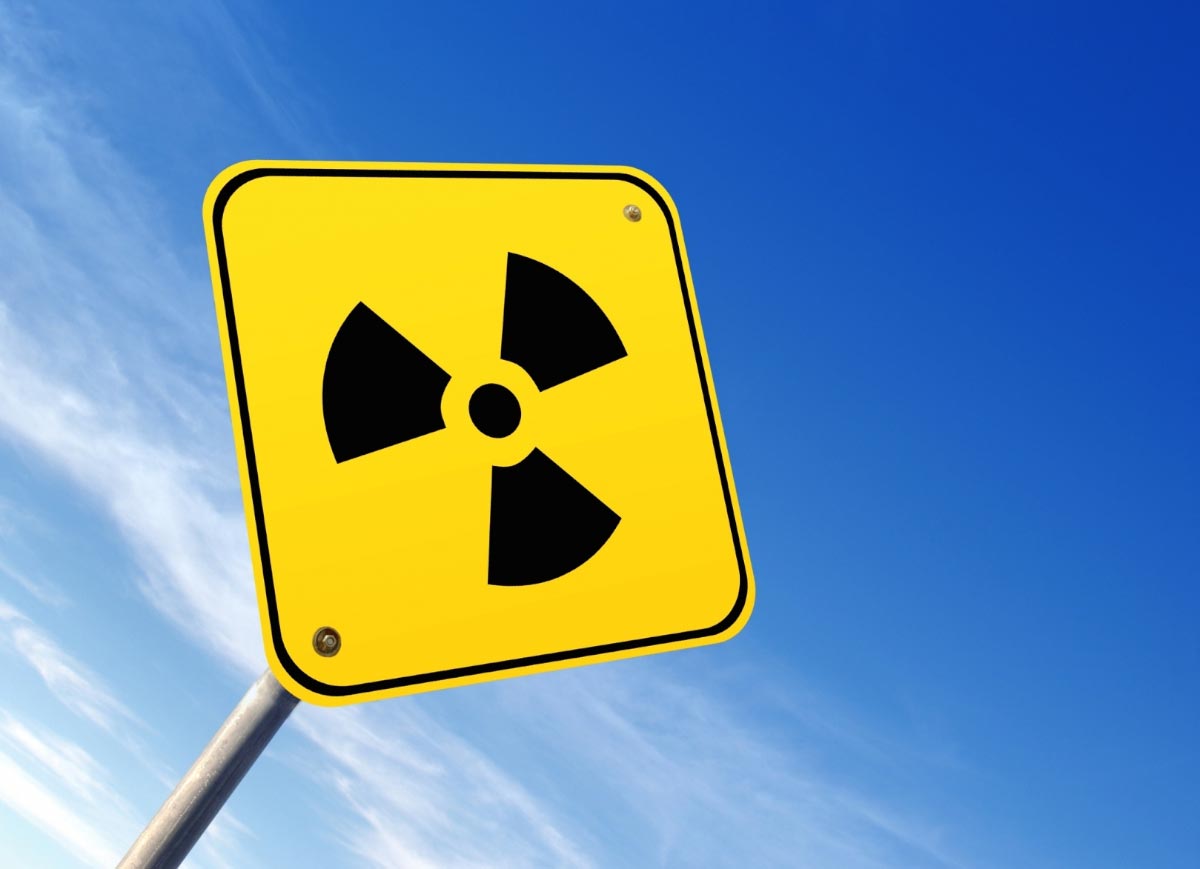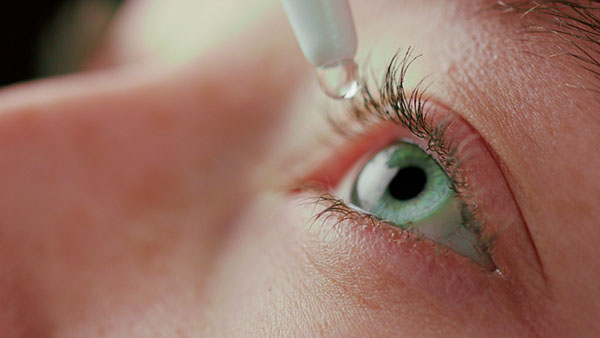Methylene blue: An emerging contender in the battle against cancer
05/29/2025 / By Olivia Cook

- When activated by light, methylene blue produces reactive oxygen species that destroy cancer cells with minimal impact on healthy tissue.
- Encapsulation in nanoparticles boosts its precision and potency, leading to dramatic tumor reductions in preclinical models.
- It undermines cancer’s altered energy production, making it harder for tumors to grow and resist treatment.
- While generally safe, methylene blue can interact with certain drugs and should be used with medical oversight.
- It offers hope, but not a standalone solution. Its integration into care should be guided by evidence and expert input.
In the landscape of cancer treatment, hope often arrives with caveats. While chemotherapy and radiation have saved lives, their collateral damage to healthy tissues leaves many patients physically and emotionally depleted. But what if a humble compound, long used in medicine for other purposes, could quietly disrupt the paradigm?
Enter methylene blue – an organic vivid blue dye first synthesized in the 19th century, now emerging from the margins of pharmacology to take center stage as a novel approach to cancer therapy.
A reimagined role: Light and precision
Historically known for its role in treating conditions like malaria and methomoglobinemia, methylene blue is now gaining attention for its potential in photodynamic therapy (PDT). This technique, which activates the compound with specific wavelengths of light, generates reactive oxygen species (ROS) – highly reactive molecules that can selectively damage cancer cells.
The brilliance of this approach lies in its precision. Methylene blue accumulates preferentially in tumor cells, sparing healthy tissue. Once illuminated, it triggers a chain reaction turning light into a scalpel at the cellular level. A recent analysis in Frontiers in Pharmacology highlighted preclinical studies where this therapy achieved up to 99.9 percent tumor reduction in cancers like colorectal and skin cancers – a staggering result that has scientists paying attention.
Tiny carriers, big impact: The nanotech advantage
But science, as always, continues to refine. Researchers begun pairing methylene blue with nanotechnology – encapsulating the dye in microscopic carriers known as nanoparticles. This innovation enhances the dye’s bioavailability, ensuring it reaches the tumor in higher concentrations and with greater precision.
One study using this nano-enhanced formulation reported complete tumor eradication in mouse models of breast cancer. Not only does this strategy intensify the drug’s potency, but it also reduces treatment frequency – offering a potentially more tolerable experience for patients.
Crippling cancer’s fuel supply
Beyond its role in light-based therapy, methylene blue strikes at a deeper vulnerability in cancer: its metabolism. Cancer cells rely heavily on a flawed process known as the Warburg effect where they ferment glucose for energy even in the presence of oxygen – an inefficient but fast way to fuel rapid growth.
Methylene blue disrupts this metabolic shortcut, coaxing cancer cells back toward oxygen-dependent respiration. This shift overloads their system, impairing their ability to thrive. In studies involving drug-resistant ovarian cancer, this metabolic interference significantly curtailed tumor growth – even when used alongside conventional chemotherapy.
A gentle warrior
Perhaps most compelling is methylene blue’s safety profile. In contrast to the harsh side effects of standard treatments – hair loss, immune suppression, nausea – methylene blue has shown low toxicity in animal models. For patients, who can’t tolerate aggressive therapies, it may offer a softer alternative.
Still, caution is warranted. Methylene blue is not without side effects – diarrhea or mild nausea may occur. It can also interact with medications, such as antidepressants and antimalarials. Those with kidney issues should proceed carefully and always under medical supervision.
Looking ahead: Promise with prudence
Methylene blue is not a miracle cure – but it is a symbol of what’s possible when science revisits old tools with fresh eyes. Its multifaceted attack – targeting tumors with light, hijacking cancer metabolism and leveraging nanotechnology – points toward a future where treatment is not only effective but also kinder to the body.
For now, this compound represents a bridge between hope and evidence. Those considering it should consult a trusted medical professional to explore its suitability within a comprehensive treatment plan.
Sources include:
Submit a correction >>
Tagged Under:
cancer, Cancer Cells, cancer treatment, medical oversight, metabolic interference, methylene blue, nanotech, reactive oxygen species, tumor, Warburg effect
This article may contain statements that reflect the opinion of the author





















